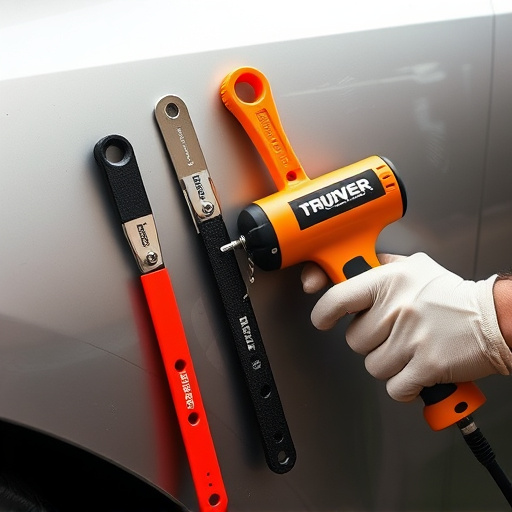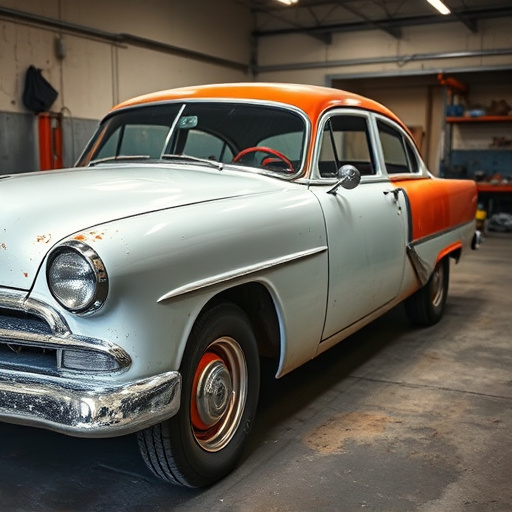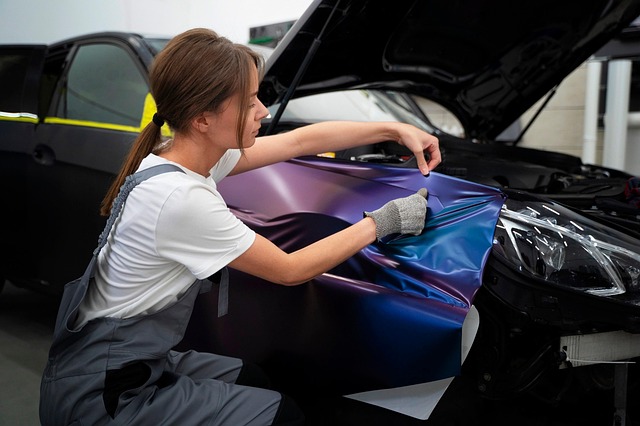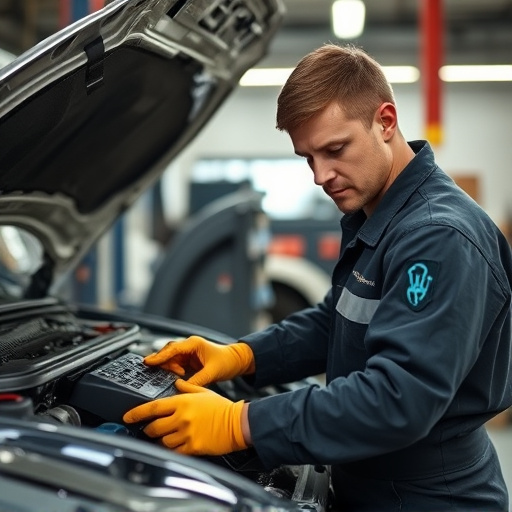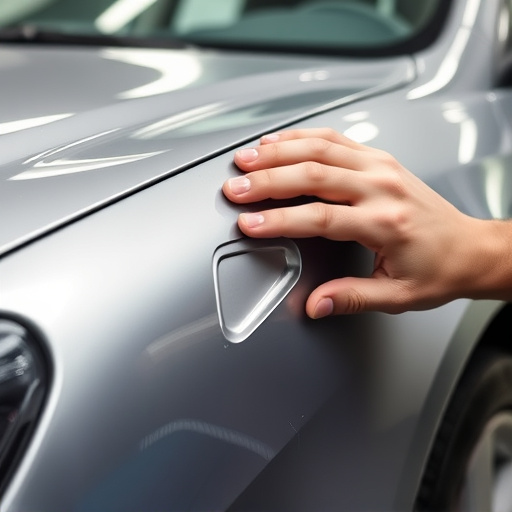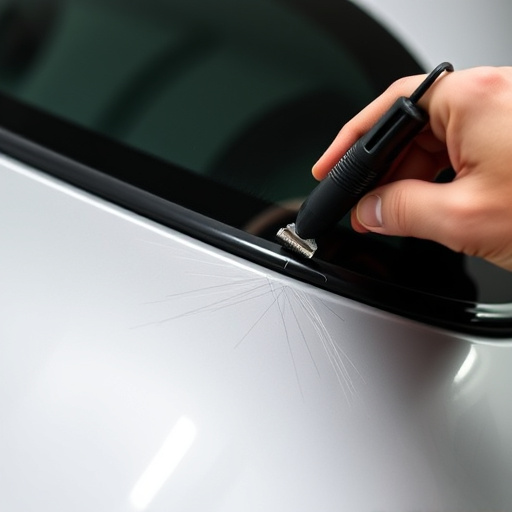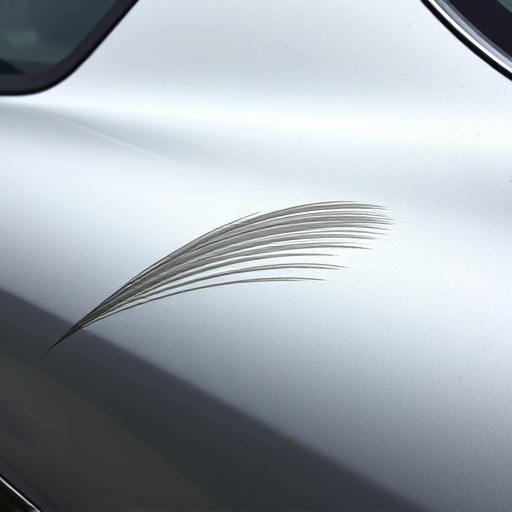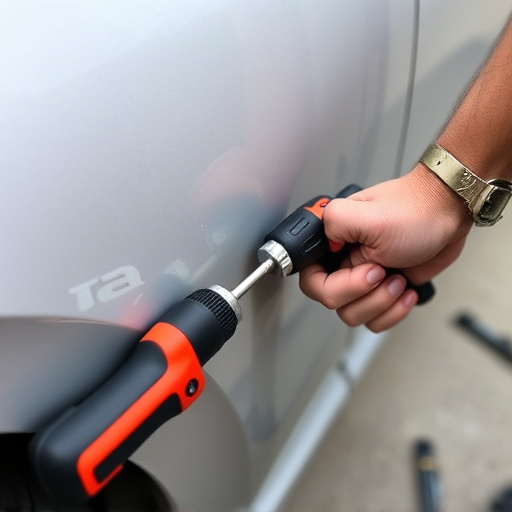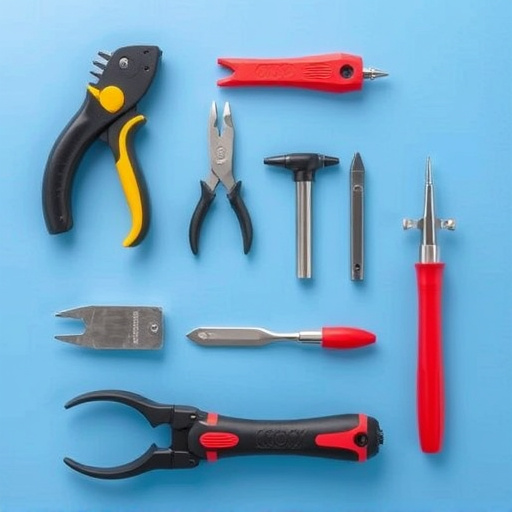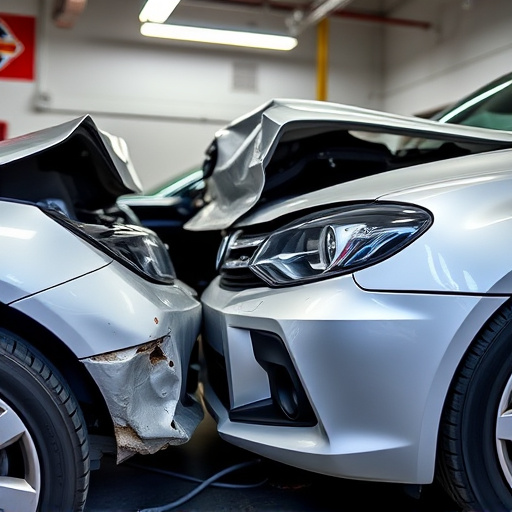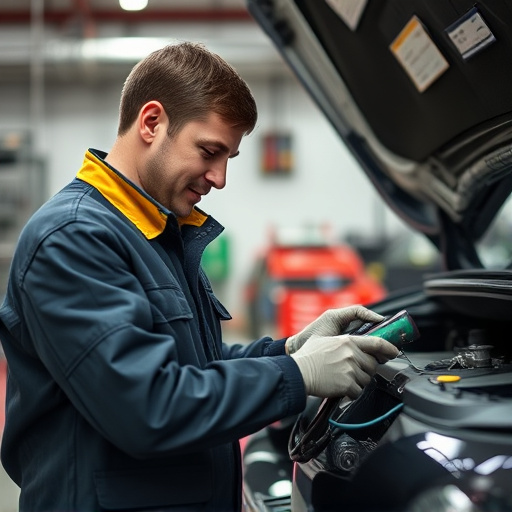High-Strength Steel Repair (HSSR) is a specialized auto repair technique using advanced steel alloys and precision welding to restore damaged vehicle structures, ensuring structural integrity and durability. It's a game-changer for complex geometric shapes, meeting original equipment standards while minimizing cutting and distortion. Strict adherence to certified tools, skilled technicians, surface cleaning, and proper joint design are crucial for HSSR success across collision repair, auto glass, and painting processes.
“In the realm of automotive repairs, understanding high-strength steel repair (HSSR) can be a game-changer. This advanced technique utilizes specialized materials to reinforce and restore structural integrity, enhancing vehicle safety and durability. With its ability to withstand extreme forces, HSSR is a key component in modern car maintenance. This article explores the fundamentals of HSSR, delves into its numerous advantages and applications, and provides best practices for effective implementation, ensuring optimal results.”
- Understanding High-Strength Steel Repair Basics
- Advantages and Applications in Auto Repairs
- Best Practices for Effective Implementation
Understanding High-Strength Steel Repair Basics
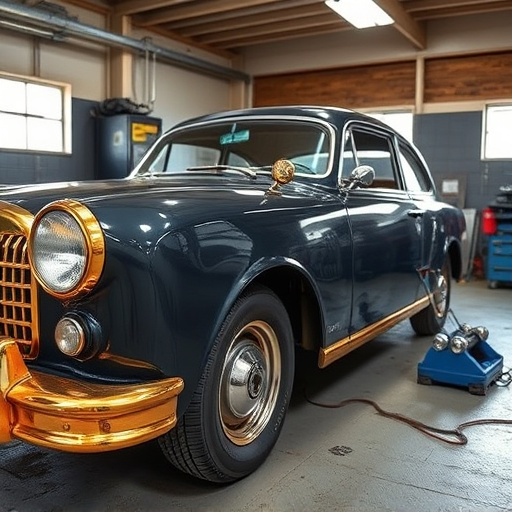
High-Strength Steel Repair (HSSR) is a specialized technique that involves the restoration and reinforcement of structural components in vehicles using advanced steel alloys. This process is particularly crucial for repairing modern cars, which often feature more steel than ever before due to safety standards. HSSR focuses on fixing damaged areas without compromising strength, ensuring the vehicle retains its structural integrity.
By employing state-of-the-art equipment and trained technicians, an auto repair shop can accurately assess and address hail damage repair or other issues using high-strength steel. This technique goes beyond simple car paint services; it involves precision welding and shaping to create a durable fix. HSSR is thus a game-changer in the industry, offering efficient and long-lasting solutions for various auto repairs, from minor dents to significant structural hazards.
Advantages and Applications in Auto Repairs
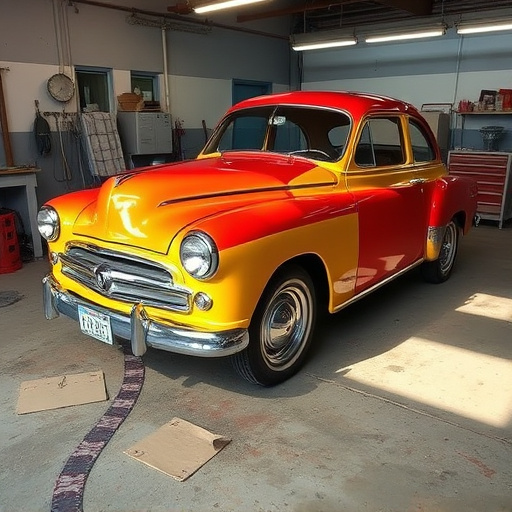
High-strength steel repair offers significant advantages in the realm of auto repairs, especially when it comes to structural integrity and durability. This advanced technique utilizes specialized materials and precision welding methods to mend and reinforce damaged vehicle components, ensuring they meet or exceed original equipment standards. By employing high-strength steel, collision repair services can deliver superior strength and longevity for fender repair and auto body repair processes.
One of the key benefits is its ability to preserve the overall structural integrity of a vehicle after a collision or accident. Whether it’s repairing a bent frame or reinforcing damaged panels, high-strength steel allows mechanics to perform precise repairs, minimizing the need for excessive cutting or welding. This precision translates into better fit and finish, ensuring vehicles return to their pre-incident condition. Additionally, this repair method is ideal for complex geometric shapes, making it suitable for modern vehicle designs with intricate body structures.
Best Practices for Effective Implementation
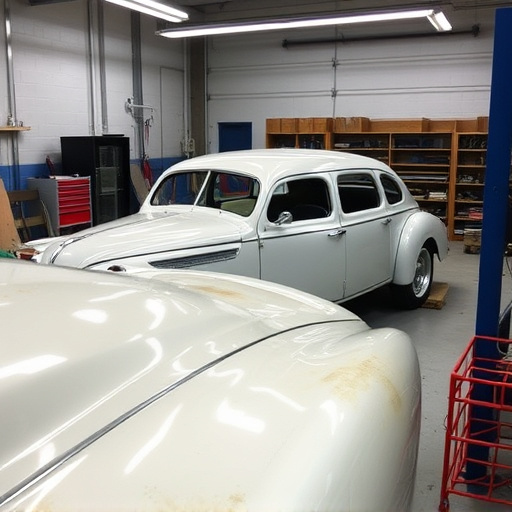
When implementing high-strength steel repair (HSSR) practices in auto repairs, adhering to best standards is paramount. This involves utilizing certified and specialized tools designed for precision cutting and welding, ensuring minimal distortion during the repair process. Trained technicians are crucial; they should be well-versed in HSSR techniques, capable of accurately assessing damage, and proficient in handling advanced equipment.
Effective implementation also requires a meticulous approach to preparation. Surface cleaning and decontamination are essential steps to prevent contamination that could compromise the strength and integrity of the high-strength steel. Proper joint design and sealing techniques must be employed to maintain structural integrity, enhancing the overall durability of auto glass repair, collision repair, and auto painting processes.
High-strength steel repair has emerged as a game-changer in the automotive industry, offering enhanced structural integrity and improved safety. By understanding the basics, leveraging its advantages, and adhering to best practices, auto repair shops can ensure effective implementation of this innovative technique. High-strength steel repair not only strengthens vehicles but also contributes to more efficient and durable fixes, making it a valuable asset for modern auto care.
